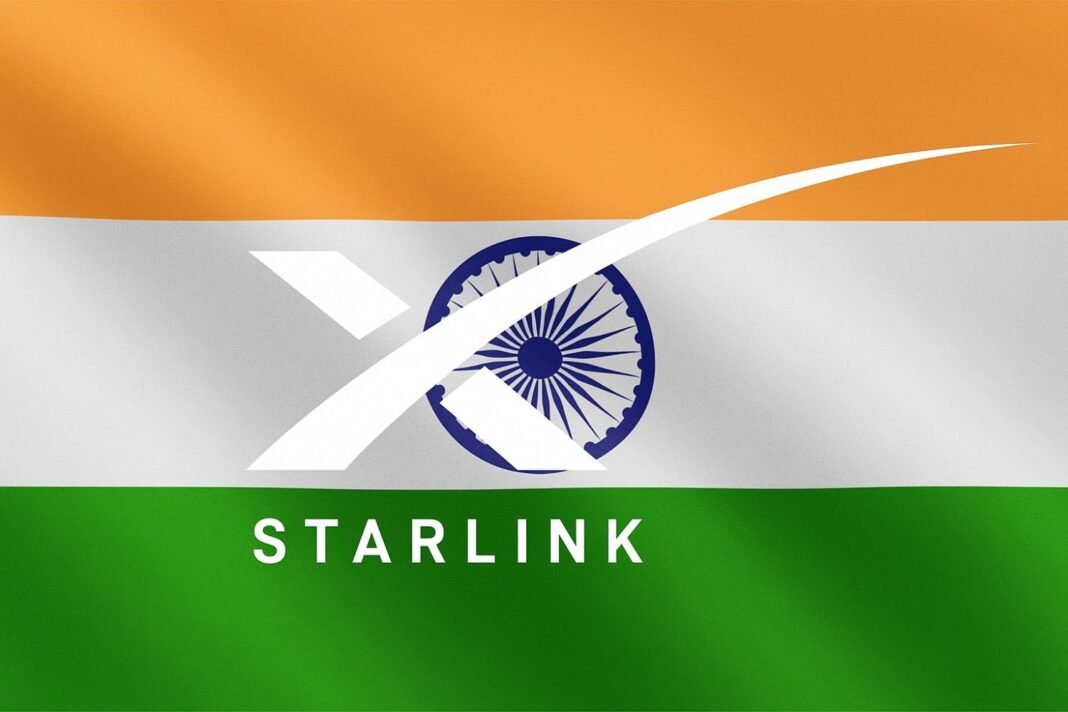Starlink Cleared to Launch Satcom Services in India
Elon Musk’s Starlink has officially been cleared to roll out its satellite communication (satcom) services in India, following regulatory approvals from the Indian National Space Promotion and Authorisation Centre (IN-SPACe). The move comes after months of anticipation, with Starlink having awaited necessary clearances since 2022. The new services aim to provide high-speed internet via low Earth orbit (LEO) satellites, with a focus on serving remote and underserved regions of the country.
The approval allows Starlink to offer Global Mobile Personal Communication by Satellite (GMPCS) services, Very Small Aperture Terminal (VSAT) connections, and Category-A Internet Service Provider (ISP) services. With these licences in place, Starlink becomes the third player in the Indian satcom space, following OneWeb and Jio Satellite Communications.
Service Cap Set at 20 Lakh Connections
Union Minister of State for Telecom Pemmasani Chandra Sekhar announced that Starlink’s customer base will be capped at 20 lakh connections across the country. This cap, the minister emphasized, significantly limits any potential impact the service might have on existing telecom operators, such as Reliance Jio, Bharti Airtel, and state-owned Bharat Sanchar Nigam Limited (BSNL).
“Starlink can have only 20 lakh customers in India and offer up to 200 Mbps speed. That won’t affect telecom services,” the minister stated, noting that the limited scope and high cost of satellite internet ensure it remains complementary rather than competitive to traditional telecom networks.
Aimed at Bridging the Rural Connectivity Gap
Given the nature of satellite communication, Starlink’s offerings are expected to be particularly useful in India’s rural and geographically challenging areas, where traditional telecom infrastructure has been slow or difficult to deploy. This includes hilly regions, remote islands, and tribal belts where laying fiber-optic cables or erecting mobile towers is either cost-prohibitive or logistically unfeasible.
Starlink’s network of LEO satellites orbits the Earth at much lower altitudes than traditional geostationary satellites, enabling faster internet speeds and lower latency. The technology has already been used in several countries to address rural connectivity issues, and Indian authorities are optimistic that it could play a similar role domestically.
High Costs May Limit Adoption
While the potential for improved connectivity is clear, affordability remains a major concern. According to MoS Pemmasani, the monthly cost of Starlink’s services could be as high as ₹3000. This price point may deter widespread adoption, particularly among rural and low-income households that the service is ostensibly targeting.
Analysts suggest that unless there are government subsidies or partnerships to reduce the financial burden on end-users, Starlink may struggle to expand its customer base significantly, despite the service cap.
Collaborations with Jio and Airtel for Market Reach
In an unexpected twist, both Jio and Airtel have reportedly partnered with Starlink to distribute its services in India. These partnerships will allow Starlink to leverage the existing dealer networks and logistics infrastructure of India’s two largest telecom companies, thereby improving its reach and operational efficiency.
Such collaborations may also help bring down the cost of deployment and maintenance, enabling Starlink to focus on its core technology while its partners handle distribution and customer acquisition.
BSNL Pushes Forward Despite Competition
While the entry of a high-profile player like Starlink could have rattled public sector operators in the past, BSNL appears unfazed. The company is focusing on expanding its footprint through its 4G rollout, which the minister confirmed is progressing well. The rollout, once complete, is expected to strengthen BSNL’s presence in both urban and rural markets.
The minister also clarified that BSNL has no plans to raise tariffs and remains focused on affordability and accessibility, particularly for its rural customers.
Looking Ahead
With regulatory barriers now behind it, Starlink’s entry into the Indian satcom market signals a new chapter for digital inclusion in the country. However, the company’s success will depend on its ability to balance high service costs with the needs of rural India, navigate logistical challenges, and work alongside established telecom giants. As Starlink prepares to go live, all eyes will be on how it shapes the future of internet access in the world’s most populous nation








